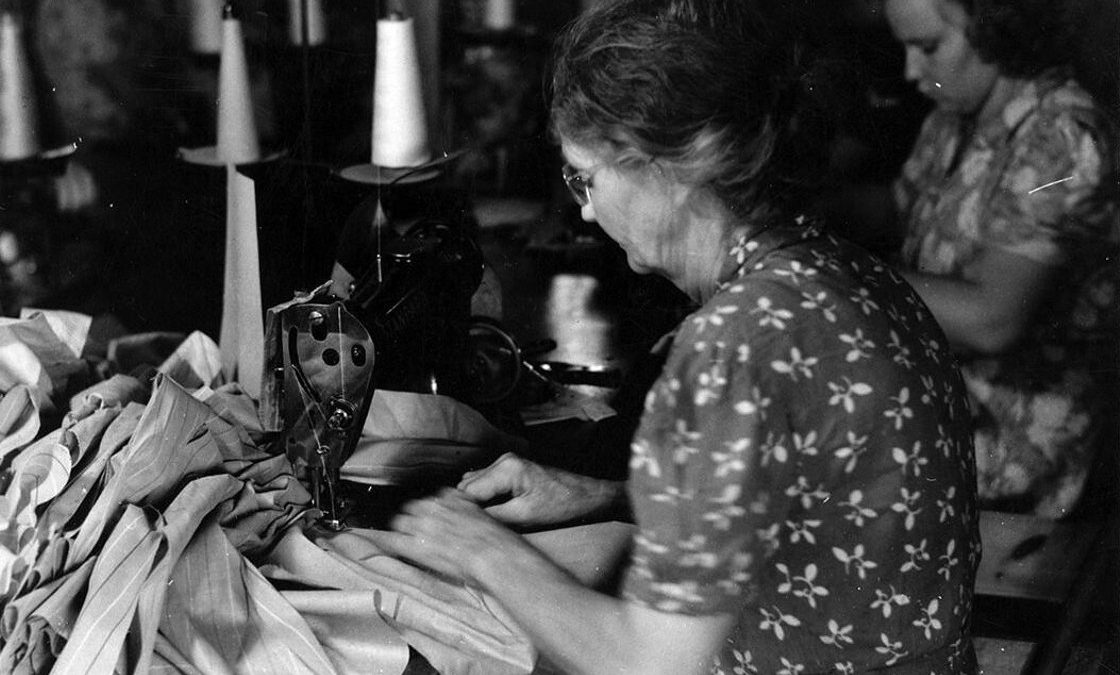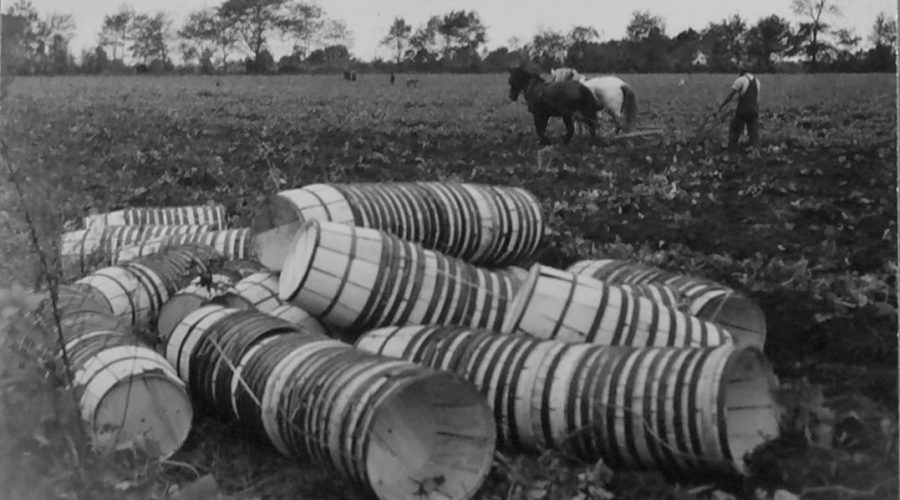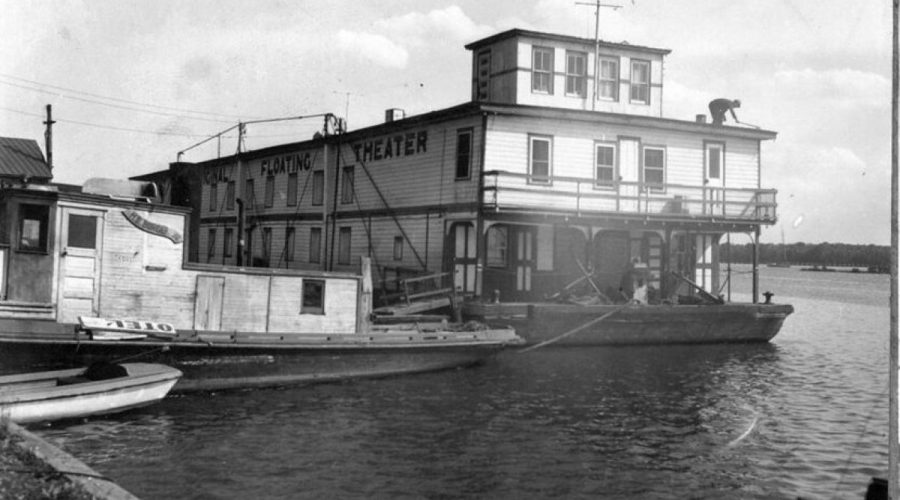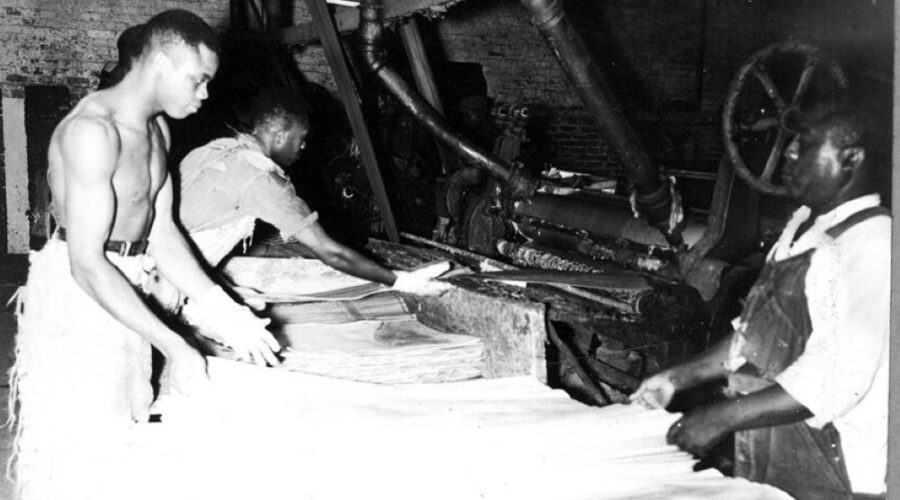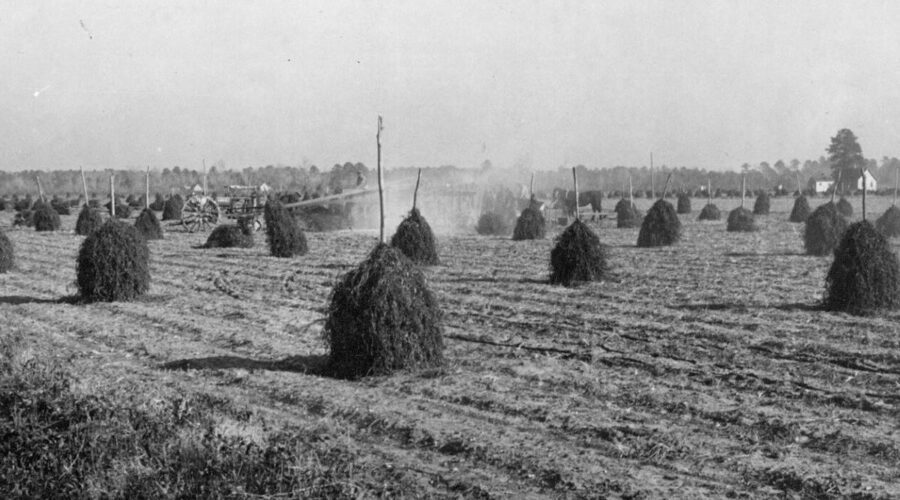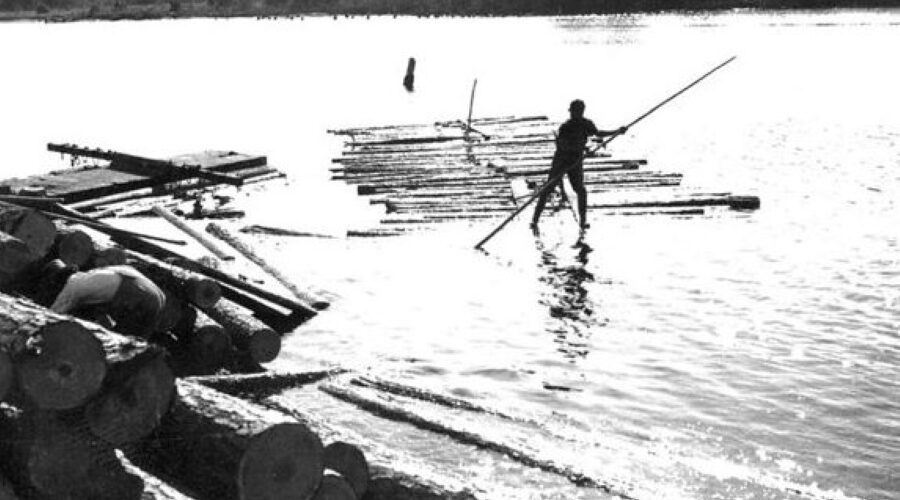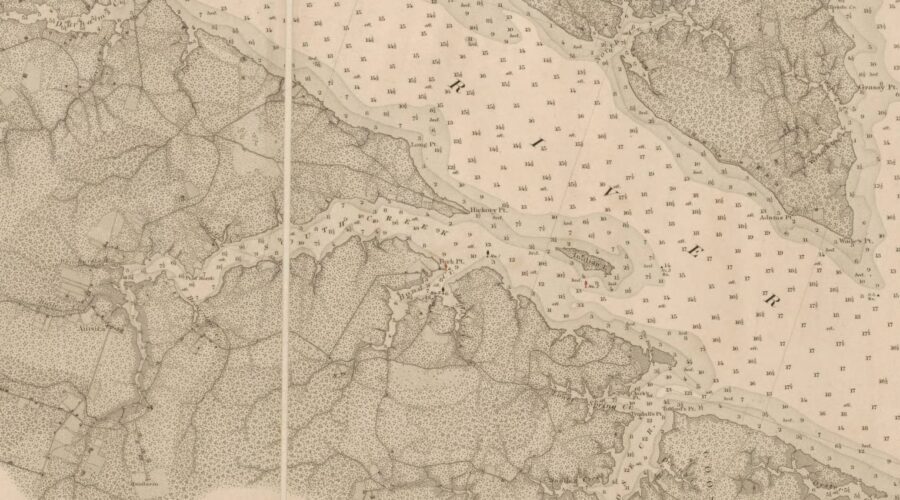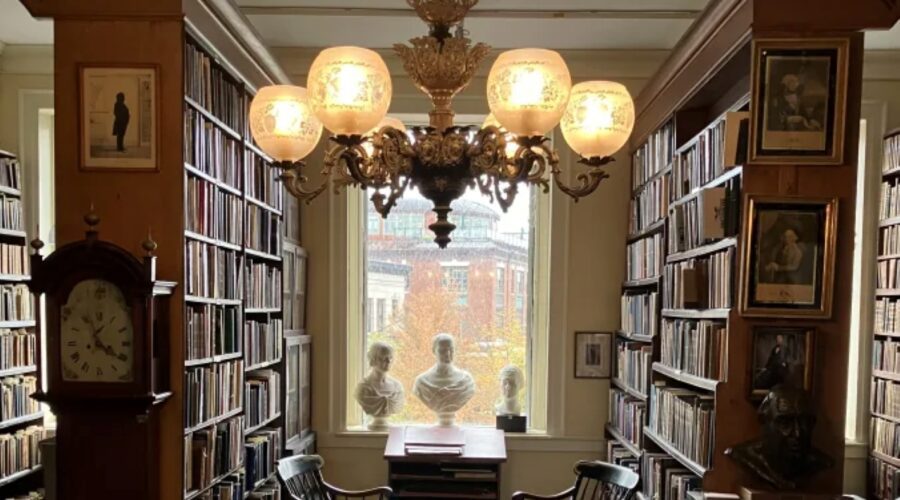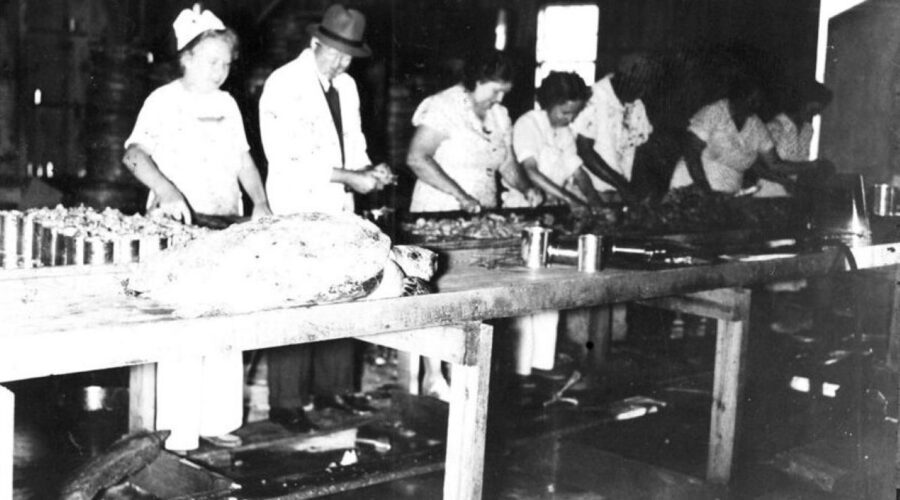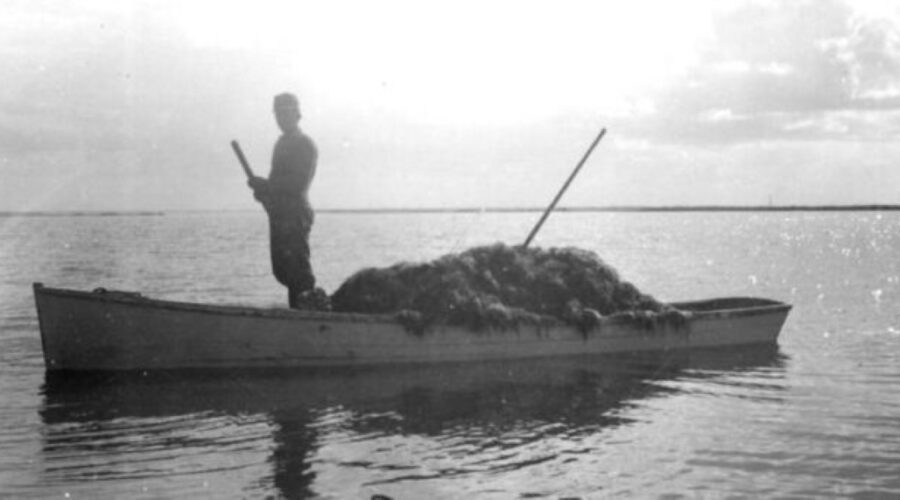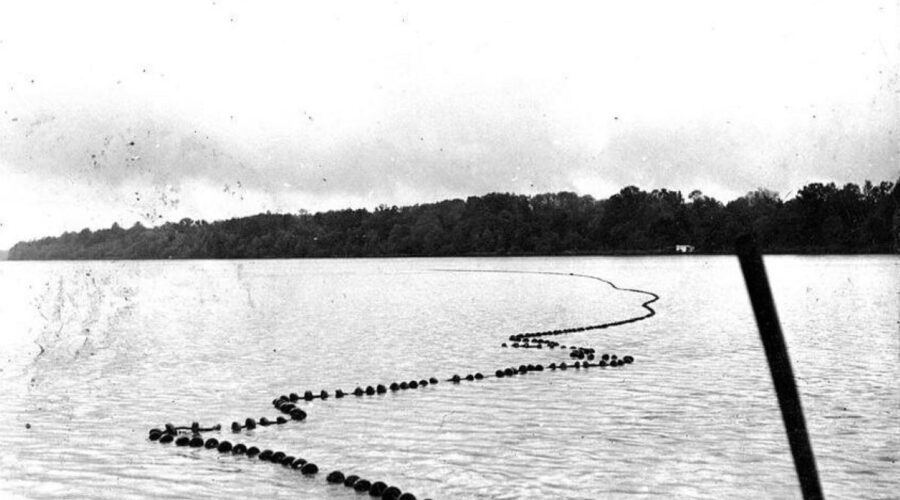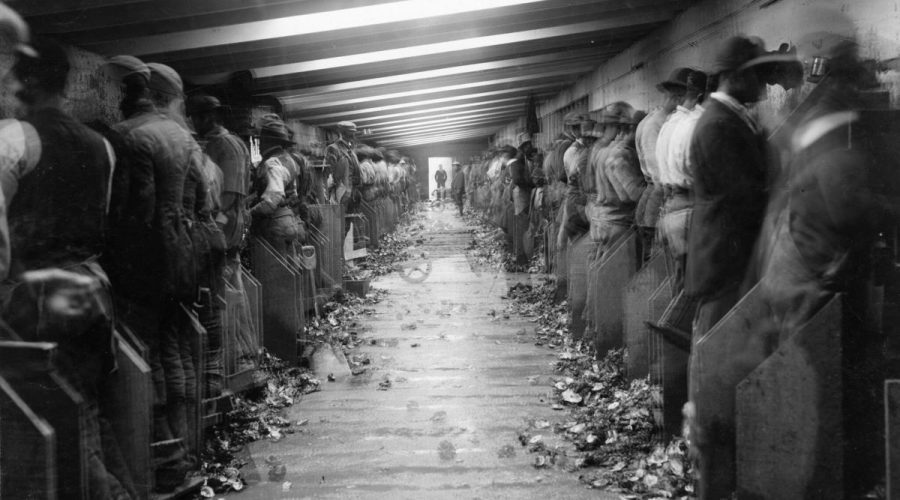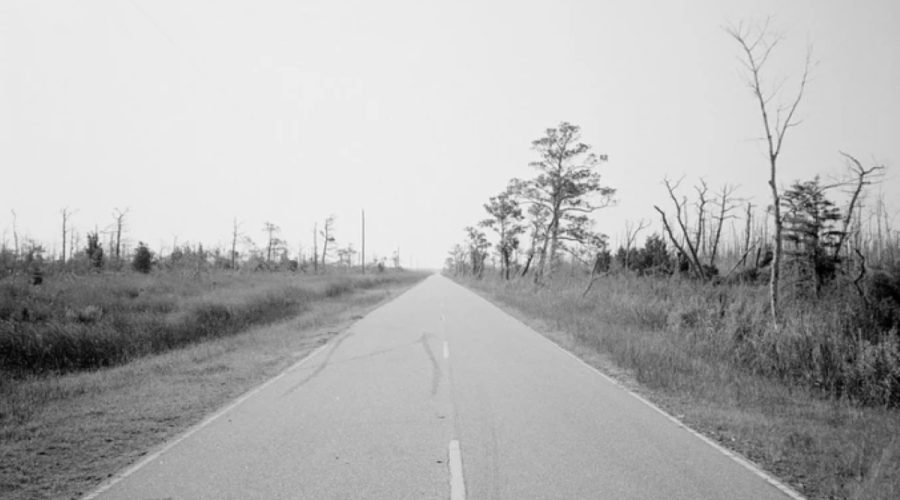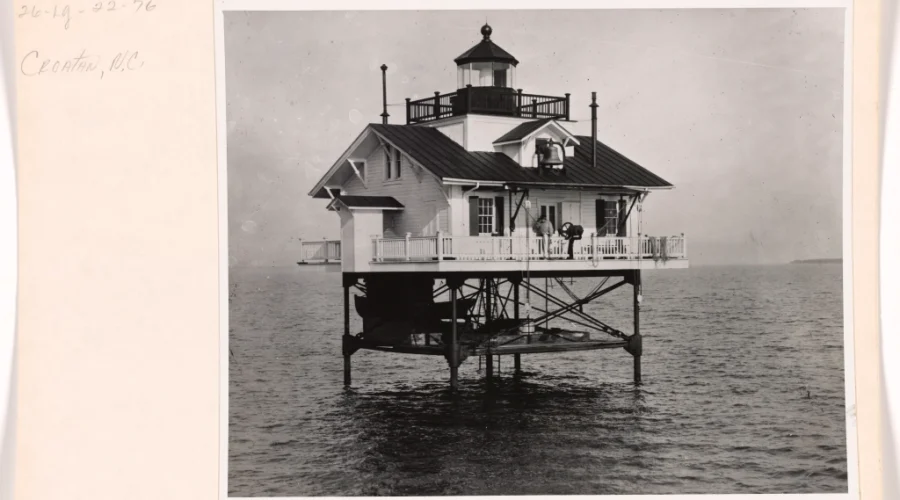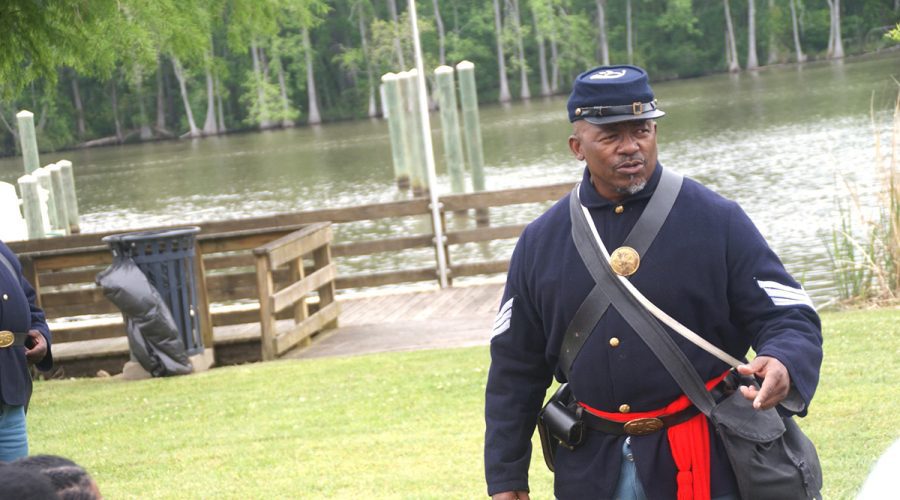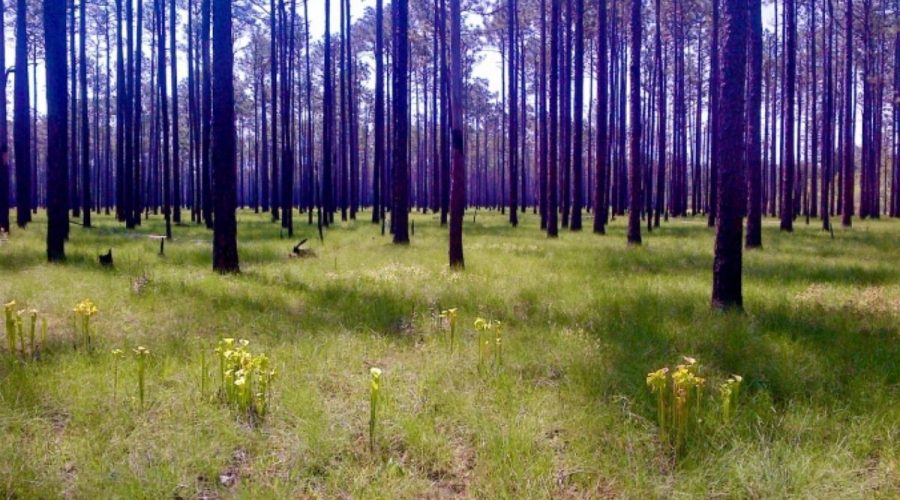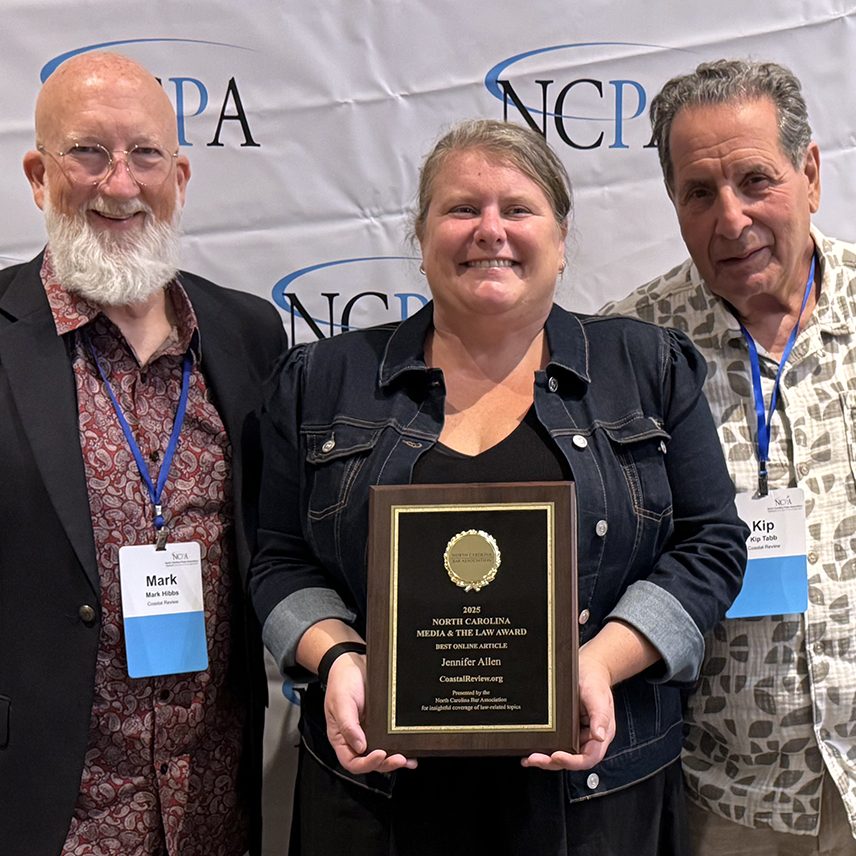Historian David Cecelski in this installment of his photo-essay series, “Working Lives: Photographs from Eastern North Carolina, 1937 to 1947,” goes inside the Morehead City Garment Co. in the early days of World War II.
Our Coast: In my great-uncle’s sweet potato fields, 1942
This installment of historian David Cecelski’s photo-essay series, “Working Lives: Photographs from Eastern North Carolina, 1937 to 1947,” is more personal than usual for the author. They were taken at his great-uncle George Ball and his brother Raymond Ball’s potato farm in Harlowe.
Our Coast: On the James Adams Floating Theatre in 1940
Historian David Cecelski in this installment of his photo-essay series, “Working Lives: Photographs from Eastern North Carolina, 1937 to 1947,” goes behind-the-scenes at the James Adams Floating Theatre in 1940, when the vessel was docked on the Pamlico River in Washington.
Our Coast: Sawmill workers of the Roanoke River, 1938-1939
The next installment in historian David Cecelski’s “Working Lives: Photographs from Eastern North Carolina, 1937 to 1947″ series takes the reader to a sawmill, a handle mill, and a veneer plant on the banks of the Roanoke River in 1938 and 1939.
Our Coast: In the peanut fields of Edenton, 1937-1942
“Working Lives: Photographs from Eastern North Carolina, 1937 to 1947″ series begins with a group of 21 photographs that chronicle threshing time on a peanut farm near Edenton in the years just before the Second World War.
Historian explores the working lives of eastern NC 1937-1947
Historian David Cecelski introduces a series of photo-essays focusing on the working lives of people in eastern North Carolina just before, during, and after the Second World War.
Our Coast: Remembering Betty Town
Historian David Cecelski has “devoted a fair bit” of historical research to the people of Betty Town, how their land was taken, and how the community’s people were driven out of their homes to make room for the new town of Aurora, but there is much he doesn’t know.
Our Coast: ‘Cast on shore, at a place called Ocracock’
On a recent trip to New Hampshire, historian David Cecelski pored over historic accounts and survivors’ sworn affidavits pertaining to shipwrecks, storm damage, insurance claims and the North Carolina coast.
‘Working Lives’: Canning sea turtles, Marshallberg, NC, 1938
When the cannery that opened in Marshallberg, a little village in Down East Carteret County, in 1937 ran out of oysters, tomatoes or other crops to can, they turned to canning sea turtles, writes historian David Cecelski.
When fishermen harvested seaweed: Beaufort’s agar industry
The curiosity that sparked when historian David Cecelski came across photos taken in 1944 of fishermen harvesting seaweed near Beaufort inspired a “bit of a deep dive” into topics he never imagined studying: the history of agar, ecology of seaweed, the wartime crisis that led to seaweed harvesting and the construction of the Beaufort agar factory.
Working Lives: The Herring Fisheries at Plymouth 1939
Using photos taken in 1939, historian David Cecelski illustrates the final days of two of the oldest herring seine fisheries on the North Carolina coast.
A Forgotten People: Bohemian oyster shuckers on NC coast
“By drawing especially on coastal newspapers, and with help from some wonderful librarians, archivists, and museum curators, I will try to sketch the best portrait I can of the Bohemian oyster shuckers and their lives on the North Carolina coast between 1890 and 1914,” historian David Cecelski writes.
The Road to Mashoes
Historian David Cecelski’s curiosity about the small Dare County community led to a deep dive into the old fishing village.
Behind NC coast’s range lights, buoy depots, gas works
This collection of photographs captures what historian David Cecelski calls “a rare view of the behind-the-scenes work that was necessary to maintain a functional system of navigational aids on the North Carolina coast.”
‘As Long as a Star Can Be Seen’: 1864 Plymouth Massacre
Historian David Cecelski, who recently gave the keynote address at an event commemorating the Plymouth Massacre of April 1864, shares his remarks from that day.
Land of the longleaf pine through a conservationist’s lens
Historian David Cecelski, using photos by his friend and conservationist Tom Earnhardt, illustrates the abundance and rich diversity of the photos of Green Swamp Preserve’s carnivorous plants and other wildlife.

